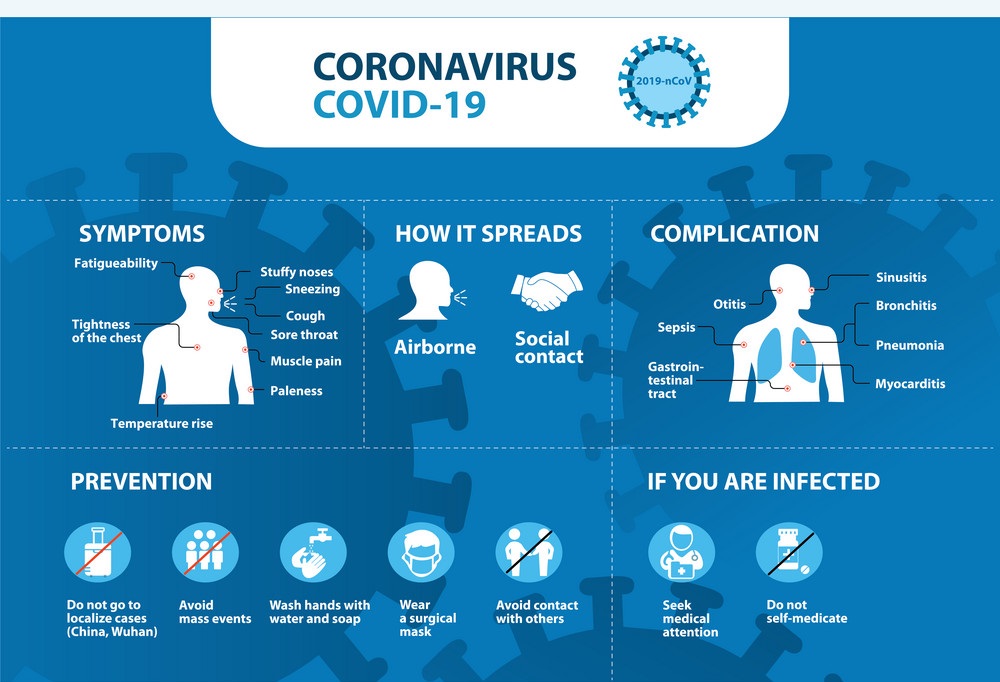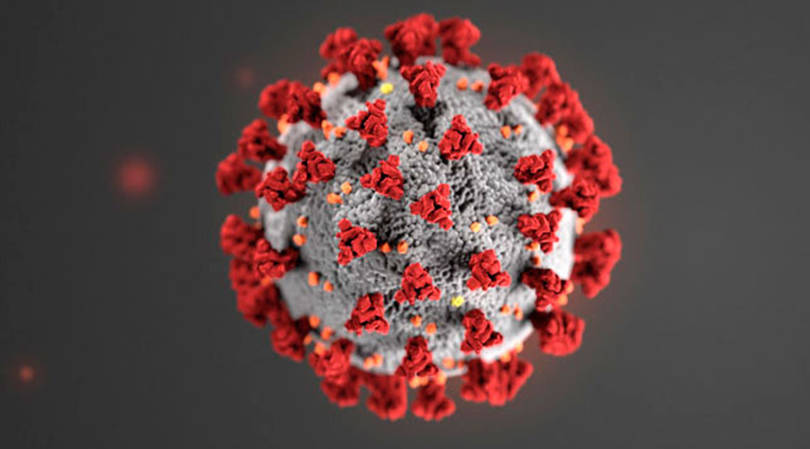Coronavirus Disease 2019 (COVID-19): How to reduce your risk Saturday, 1st of February , 2020
An outbreak of the coronavirus (now called COVID-19) in China is causing global concern. It came from a seafood and meat market in Wuhan, China, in December. It has since spread to other countries, including the United States. Despite Wuhan and other Chinese cities being quarantined, the COVID-19 has spread to almost 70 locations internationally. In the U.S., COVID-19 cases have been confirmed and deaths have been reported.
What are the symptoms of a Coronavirus?
Most people infected with the COVID-19 virus will experience mild to moderate respiratory illness and recover without requiring special treatment. Older people, and those with underlying medical problems like cardiovascular disease, diabetes, chronic respiratory disease, and cancer are more likely to develop serious illness.Symptoms may include:
- fever
- cough
- shortness of breath
- chills
- repeated shaking with chills
- muscle pain
- headache
- sore throat
- new loss of taste or smell
How can one get Coronavirus infection?
The COVID-19 virus spreads primarily through droplets of saliva or discharge from the nose when an infected person coughs or sneezes, so it’s important that you also practice respiratory etiquette (for example, by coughing into a flexed elbow).Can a coronavirus be prevented or avoided?
The best way to prevent and slow down transmission is be well informed about the COVID-19 virus, the disease it causes and how it spreads. Protect yourself and others from infection by washing your hands or using an alcohol based rub frequently and not touching your face.To prevent infection and to slow transmission of COVID-19, do the following:
- Wash your hands regularly with soap and water, or clean them with alcohol-based hand rub.
- Maintain at least 1 metre distance between you and people coughing or sneezing.
- Avoid touching your face.
- Cover your mouth and nose when coughing or sneezing.
- Stay home if you feel unwell.
- Refrain from smoking and other activities that weaken the lungs.
- Practice physical distancing by avoiding unnecessary travel and staying away from large groups of people.
See your Doctor
Seek immediate medical attention if you have serious symptoms. Always call before visiting your doctor or health facility.Serious symptoms:
- difficulty breathing or shortness of breath.
- chest pain or pressure.
- loss of speech or movement.
On average it takes 5–6 days from when someone is infected with the virus for symptoms to show, however it can take up to 14 days.


